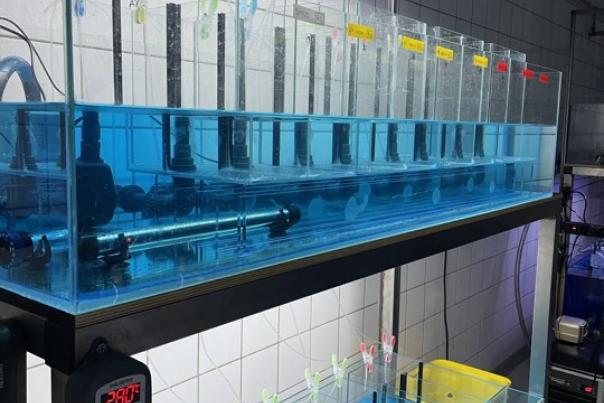The article, entitled "Estetrol/drospirenone versus 17α-ethinylestradiol/drospirenone: An extended one generation test to evaluate the endocrine disruption potential on zebrafish (Danio rerio)", is the result of a collaboration with Mithra, a Belgian biotech company committed to transforming women's health with innovative alternatives particularly in contraception, funded by SPW Research for three years.
Conventional oral contraceptives mainly contain two components: ethinylestradiol, a synthetic estrogen, and drospirenone, a progestin. For over 30 years, ethinylestradiol has been recognized as an endocrine and environmental disruptor. Studies carried out in the 90s, testing waters upstream and downstream of wastewater treatment plants, showed that downstream fish were predominantly female, attributing these endocrine changes to ethinylestradiol. In the 1960s, a fourth natural estrogen, estetrol, was discovered in humans, produced by the fetal liver during pregnancy.
.



